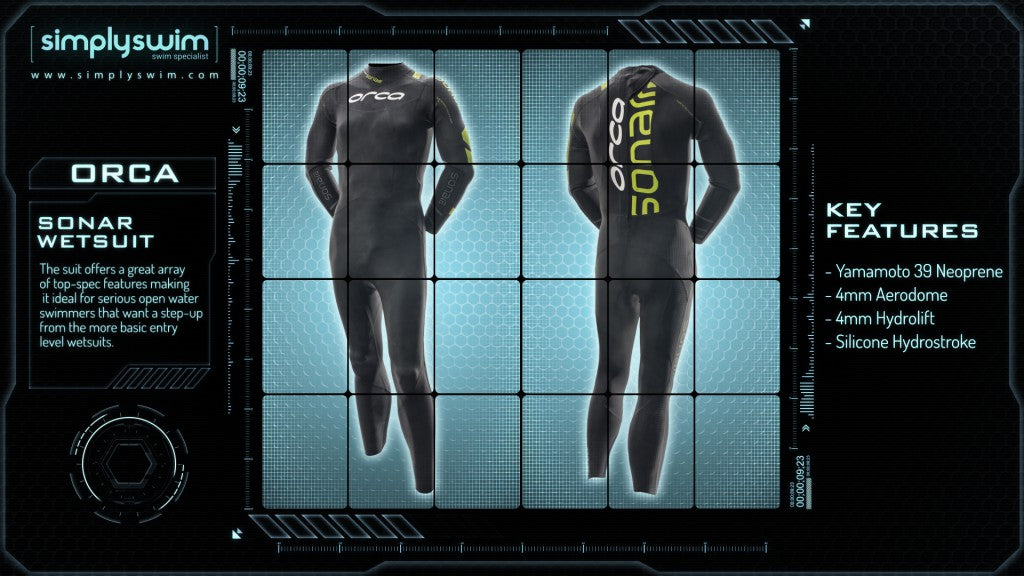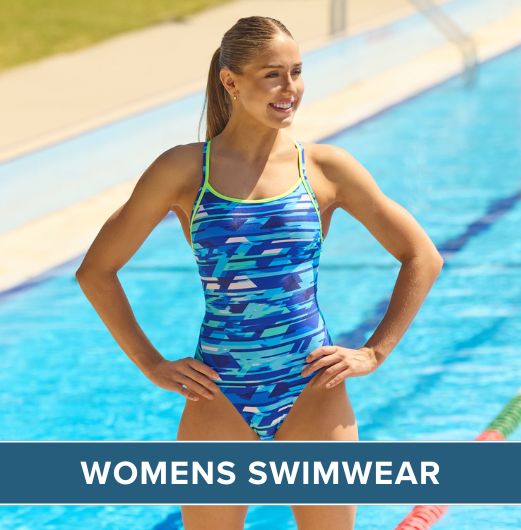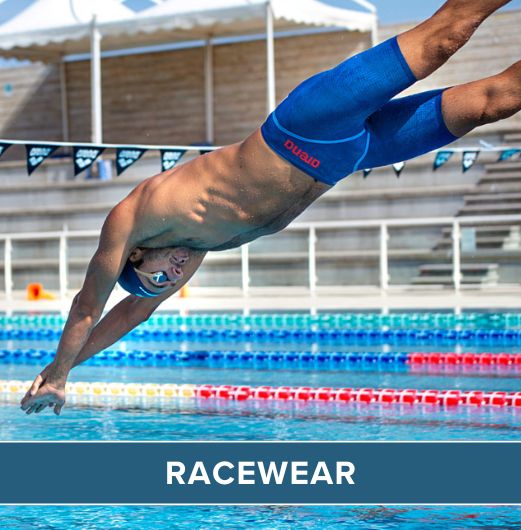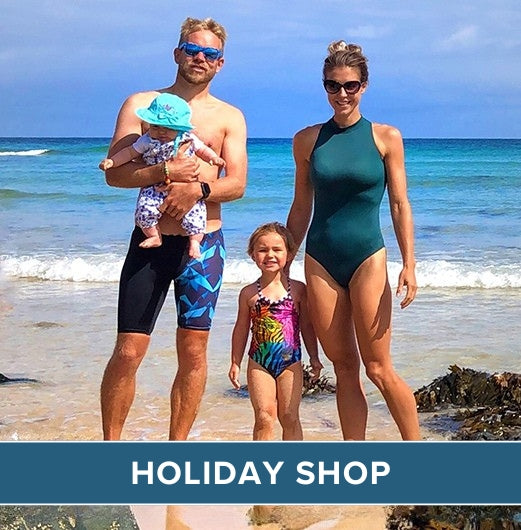If you are new to triathlon or are unsure of what type of wetsuit to buy, the available options can be quite daunting. So we’ve put this blog post together to ensure you know all the relevant information when choosing the right wetsuit for you.
Regulations
When buying a wetsuit it is firstly important to ensure you understand regulations as the triathlon event you are taking part in may not allow wetsuits to be worn. As a general guide, regulations specify that you cannot wear a wetsuit if:
- If you are swimming a distance of less than 2000 meters and the water temperature is greater than 21 Degrees Celsius.
- If you are swimming between 2000 and 3000 meters and the water temperature is above 22 Degrees Celsius.
- If you are swimming over 3000 meters and the water is above 23 Degrees Celsius.
- Also as a general rule, if you are swimming in temperatures of 14 degrees Celsius and below, the swimming distances are limited to 500 meters and then wearing a wetsuit becomes optional.
.
Wetsuits are allowed to be constructed of up to three separate parts consisting of legs, top and hood – however you cannot just wear the legs. You’re not allowed to wear boots or gloves in a race and the maximum thickness of the overall neoprene or rubber material is 5mm. All wetsuits available at Simply Swim meet all of these regulations so as long as you understand your race rules, you'll be fine.
Benefits of a Wetsuit
If you are within the regulated guidelines and are entitled to wear a wetsuit then there are many benefits to wearing one:
Firstly, warmth. All wetsuits are made from either neoprene or rubber materials, these will trap a thin layer of water to the skin which is then warmed by your core body temperature, keeping you at an even heat.
Another is increased buoyancy. Intelligently designed within the wetsuit are buoyancy systems which, although won’t keep you floating entirely above the water, will aid you whilst swimming to help keep your body in the correct and most efficient position to conserve energy.
Next is speed - All wetsuits are designed to be as streamlined as possible in the water, any reduced drag on your body whilst swimming will of course increase your speed and again allow you to reserve more energy than if you had the added friction in the water.

Types of Wetsuit
There are 3 main types of wetsuit, each is designed with a slightly different water temperature in mind, however they're mainly designed to be as comfortable and effective as possible – variants are mostly down to personal preference.
Full Cut - This is the most standard of all wetsuit types. They are an all in one suit with a zip entry at the back. They are preferably used in colder waters from 10 Degrees Celsius and above. These will offer the most amount of coverage, have great buoyancy and have the least drag, however can feel slightly restrictive with all your joints being covered.
Sleeveless - This is similar to the full cut however it doesn’t have any material covering the arms. This is designed for slightly warmer waters but still offers great body coverage and buoyancy for the torso and legs. They do give a lot more freedom of movement in the arms and shoulders, however this does of course mean your arms are more open to the temperatures of the water.
Short Cut - Due to the lack of material, is better used in warmer waters. It is quite simply a suit designed to cover the torso and upper legs, giving you the most amount of freedom when swimming in regards to your arms, shoulders and lower legs being free of any restrictive materials. It’s also worth noting this is the easiest wetsuit to get out off whilst racing, however it does make your body temperature much more susceptible to the colder waters.
Wetsuit Construction
A typical wetsuit will be made from a rubber, neoprene or technical hybrid materials to give the best comfort, temperature control and reduce drag whilst swimming. Any joins between different panels will be seamlessly bonded to enhance the hydronamic flow of water across the body.
The wetsuit will be shaped and cut anatomically to fit perfectly around the body to reduce drag and ensure a comfortable fit. In key areas of movement such as shoulder and leg joints, they will usually incorporate some form of reinforced panels and ultra flexible materials to allow freedom of movement and reduce stress on the joints.
Built into the suit will also be some form of buoyancy system, different models will incorporate these in different ways but most styles will use technically buoyant fabrics within the overall material of the suit, especially in key areas such as the torso. Other styles may offer buoyancy padding on certain areas of the suit, but both will offer the same result and will help to keep your body in the best position whilst swimming.
On the reverse of the wetsuit will be a full-length zipper. These are generally made from harder plastic materials to prevent erosion from the water and feature some form of baffle to prevent water flushing into the suit via the zip. The zipper will also make use of a long chord to ensure quick and easy accessibility when getting in and out of the suit; this is usually fitted with a Velcro tab so you can safely place the chord out of the way whilst swimming, reducing the chance of it being pulled by accident.
On the lower arms and legs is usually some form of additional friction material which will give you added propulsion in the water every time you perform a stroke and kick, ensuring as much energy conservation per stroke.
Finally, the cuffs on the hands, legs and neck-line will usually be ‘cut’. This again ensures as little drag in the water as possible by not having a requirement for added stitching and also gives a nice comfortable finish in these high-rub areas.

Wetsuit Fit
When purchasing your wetsuit it is very important to ensure it fits correctly. If you have purchased before and know your size then buying online isn’t an issue – but please be aware that although there are brand guidelines for wetsuit sizing, these really are just guidelines and since everyone is a different body shape it’s always a good idea to try before you buy. Here at Simply Swim we have two options: The best option is to come down to our shop in Faversham, Kent and be fitted by our sales assistants. Alternatively we have a free size exchange policy on our site which allows you to purchase a size and switch it free of charge if you require a different measurement.
As I said every one is unique in their body type so giving a definite technique for fitting a wetsuit isn’t possible, however you can bare the following points in mind when trying a wetsuit on:
- The wetsuit should be snug but not so tight that it cuts off circulation.
- There shouldn’t be any major folds or excess material showin.
- Ensure you can freely rotate your shoulders without too much restriction.
- The neckline should fit closely to the skin but not suffocate.
- Ensure that the arm and leg cuffs fit snug against the skin, but again do not stop circulation – any excess materia here WILL add drag and reduce your speed.
- Male and Female wetsuits are specifically designed with each body type in mind so ensure you buy the correct wetsuit for your gender.
Buying guide
Buying a wetsuit is quite an investment, with costs ranging from £100 to about £600 - so you must ensure to get the correct type for your requirements. The cost of a wetsuit very much reflects the quality and features associated with it.
A lower end wetsuit will definitely do the job it’s designed to do, however it will use cheaper materials and will incorporate less features than a higher spec model – these lower end suits are great for people just starting out in triathlon and just need something cheap to try at their first few events.
Mid-range wetsuits will start to incorporate efficient, more lightweight materials and use a few more technical features that will assist with buoyancy in the water and speed by reducing drag. These are great for people who are regular competitors and need a better-designed wetsuit for triathlon events and training.
Top of the range wetsuits will only use the highest-grade, lightweight materials with all the technical features to ensure your freedom of movement isn’t jeopardized in key movement areas, give great buoyancy whilst remaining streamlined and enhanced technology to assist with speed and propulsion. These are more designed for professional athletes who are regular competitors, competing at a high level.

Conclusion
- So they're all the key areas of information you need to know when purchasing a wetsuit, so just to round up:
- Ensure the regulations of your race allow you to wear a wetsuit.
- Wearing a wetsuit whilst racing keeps you’re body temperature warm, gives you added buoyancy and reduces drag in the water – increasing your speed.
- There are 3 types of wetsuit, full cut, sleeveless and short cut – ensure you know the specifics of each one and choose the best style for you.
- The construction of a wetsuit will be technically designed to give the most efficiency whilst swimming.
- When fitting a wetsuit remember that its all down to personal preference so try before you buy and as a rule of thumb everything should fit snug but not too tight.
We hope his has been of help and please feel free to get in touch or visit our site www.simplyswim.com for more information.



 Free Tracked UK Delivery
Free Tracked UK Delivery Hassle Free Returns
Hassle Free Returns Next Working Day OPTION
Next Working Day OPTION Found It Cheaper?
Found It Cheaper?














